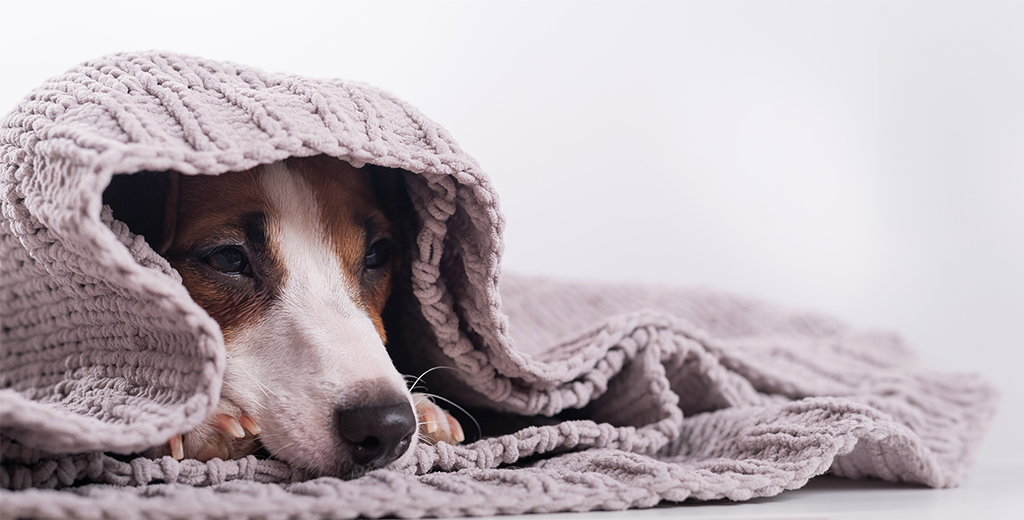Yeast infections in dogs, often caused by an overgrowth of Candida, can lead to discomfort and health issues if left untreated.
These infections commonly affect areas like the skin, ears, and paws.
Recognizing the symptoms early is crucial for effective treatment.
In this post, we are going to explore the signs of yeast infection in dogs, along with five ways to ease a dog yeast infection.
Let’s dive in!
What Are the Signs of Yeast Infection in Dogs?
The signs of a dog yeast infection can vary but typically include:
- Itching and Scratching: Dogs may scratch excessively at affected areas, leading to redness and irritation.
- Odor: A distinctive, musty smell can be present, particularly in the ears or skin folds.
- Red or Inflamed Skin: The skin may appear red, swollen, or flaky.
- Discharge: Yeast infections can lead to discharge from the ears or between the toes.
- Hair Loss: In some cases, affected areas may experience hair thinning or loss.
If you notice any of these symptoms, it’s essential to consult your veterinarian for proper diagnosis and treatment, along with utilizing 5 ways to ease your dog’s yeast infection.
5 Ways to Ease Dog Yeast Infections
1. Take a Dog Probiotic
One of the most effective ways to combat yeast infections in dogs is by incorporating probiotics into their diet.
Probiotics help restore the natural balance of good gut bacteria, effectively reducing yeast overgrowth.
Choose a high-quality dog probiotic supplement and follow the recommended dosage.
My dog’s personal favorite is Alpha Dog’s Balance Probiotic Powder.
Alpha Dog’s Balance Probiotic is an excellent choice for supporting dogs with yeast infections, as it provides essential healthy bacteria to help restore digestive balance.
By enhancing gut health, this probiotic can reduce yeast overgrowth and strengthen your dog’s immune system, making it more effective at easing yeast infections.
Regular use promotes overall digestive health, which is crucial for preventing future yeast-related issues.
With its focus on optimal digestive performance, Balance Probiotic is a valuable addition to your dog’s wellness routine.
Simply follow the directions on the back and you’re good to go!
2. Maintain a Clean and Dry Environment
Keeping your dog clean and their environment dry is crucial for preventing and managing yeast infections.
Yeast thrives in warm, moist environments, so proper hygiene can help reduce the risk of recurrence.
Regularly bathe your dog with a gentle, antifungal shampoo, especially in areas prone to yeast infections.
Ensure that your dog’s living space is clean and dry, and regularly wash their bedding and toys.
3. Adjust Their Diet
Diet plays a significant role in managing yeast infections.
Some dog foods can contribute to yeast growth, particularly those high in sugar and carbohydrates.
Consider transitioning to a diet that is low in carbohydrates and sugar.
Foods rich in omega-3 fatty acids, such as fish oil, can also help reduce inflammation and support skin health.
4. Use Antifungal Treatments
In more severe cases, your veterinarian may recommend antifungal treatments to help control the yeast infection.
These can come in various forms, including topical creams, shampoos, or oral medications.
Always consult your veterinarian before starting any antifungal treatment. They can provide guidance on the best options based on your dog’s specific condition and needs.
5. Regular Vet Check-ups
Regular veterinary check-ups are essential for managing your dog’s health, especially if they are prone to yeast infections.
Your vet can monitor your dog’s condition and adjust treatments as necessary.
Schedule routine appointments to discuss any concerns and ensure your dog is receiving the best care possible.
Early intervention can help prevent complications and recurring infections.
Support Your Dog’s Yeast Infection
Easing a dog’s yeast infection requires a combination of dietary adjustments, proper hygiene, and possibly medical intervention.
By incorporating a dog probiotic, maintaining a clean environment, adjusting their diet, using antifungal treatments, and ensuring regular vet check-ups, you can effectively manage and prevent yeast infections.
If you notice any symptoms in your dog, don’t hesitate to seek veterinary advice for the best possible outcome.
Thank you for reading!

